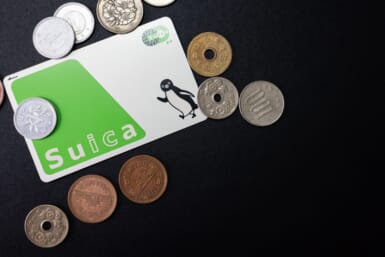by Dr. Greg Story
Every New Year’s in Japan, my son looks forward to receiving otoshidama (cash gifts) from his extended family. Being the banker in the family, I am not going to let him enjoy immediate gratification from the proceeds. No, like a good father, I am introducing the concept of delayed gratification! In other words, Dad scams the entire amount every year. I haven’t taken to heading to the pub with the dough just yet, although the idea is rather tempting!
Actually, he owns a number of investments, including an REIT, an infrastructure fund, an index fund, a BRICS fund, a China fund, and a couple of India funds. They are all underwater! I also have a number of investments in shares and mutual funds and they similarly are underwater and doing woefully.
Here is the interesting bit. I am gnashing my teeth and tugging on my forelock with frustration at how poorly my investment acumen has been but I am totally comfortable with my son’s investment portfolio disaster. Obviously the amounts invested are different and so I am much further in the hole than he is. With my son’s portfolio, I know that at age seven he has at least thirteen years until he is an adult and sees that money. So what to current volatility! For myself, I look at the investment performance and because I am taking a shorter time horizon, I get depressed with what an idiot I am in terms of my returns.
Taking the otoshidama example, maybe we should take a much longer time horizon (the length of time a sum of money is expected to be invested) and cut ourselves a bit of slack. If we change our time horizon, then this is the lime to consider buying. Yes, yes, everything may get even cheaper later, but good luck predicting the bottom!
Here is another idea. You bought the share or mutual fund investment when it was at 100, it is now at 30 (this sounds frighteningly familiar by the way!). You buy the same number of shares or units today at 30 and then sit on them and do nothing. The price may go even lower but you hold your fire. Hopefully the price does not go all the way down to oblivion. When the investment finally gets back to a price of 100, plus the brokerage cost, you sell what you originally bought, so no gain or loss (and hopefully no tax).
In this way you have exchanged the original price of 100 for a price of 30 for that investment. There is an opportunity cost of tying your money up during that time, which has to be considered. However, you have secured the investment at a price of 30, rather than 100, and if the price goes up over time then the gains look attractive. All you need is a time horizon that allows you to do this and the ability to pay yourself some otoshidama this year.
We are always learning from our children, this could be another case!
Dr. Greg Story is the country head of National Australia Bank. For more information, see www.nabasia.com or call 03-3241-2144.









